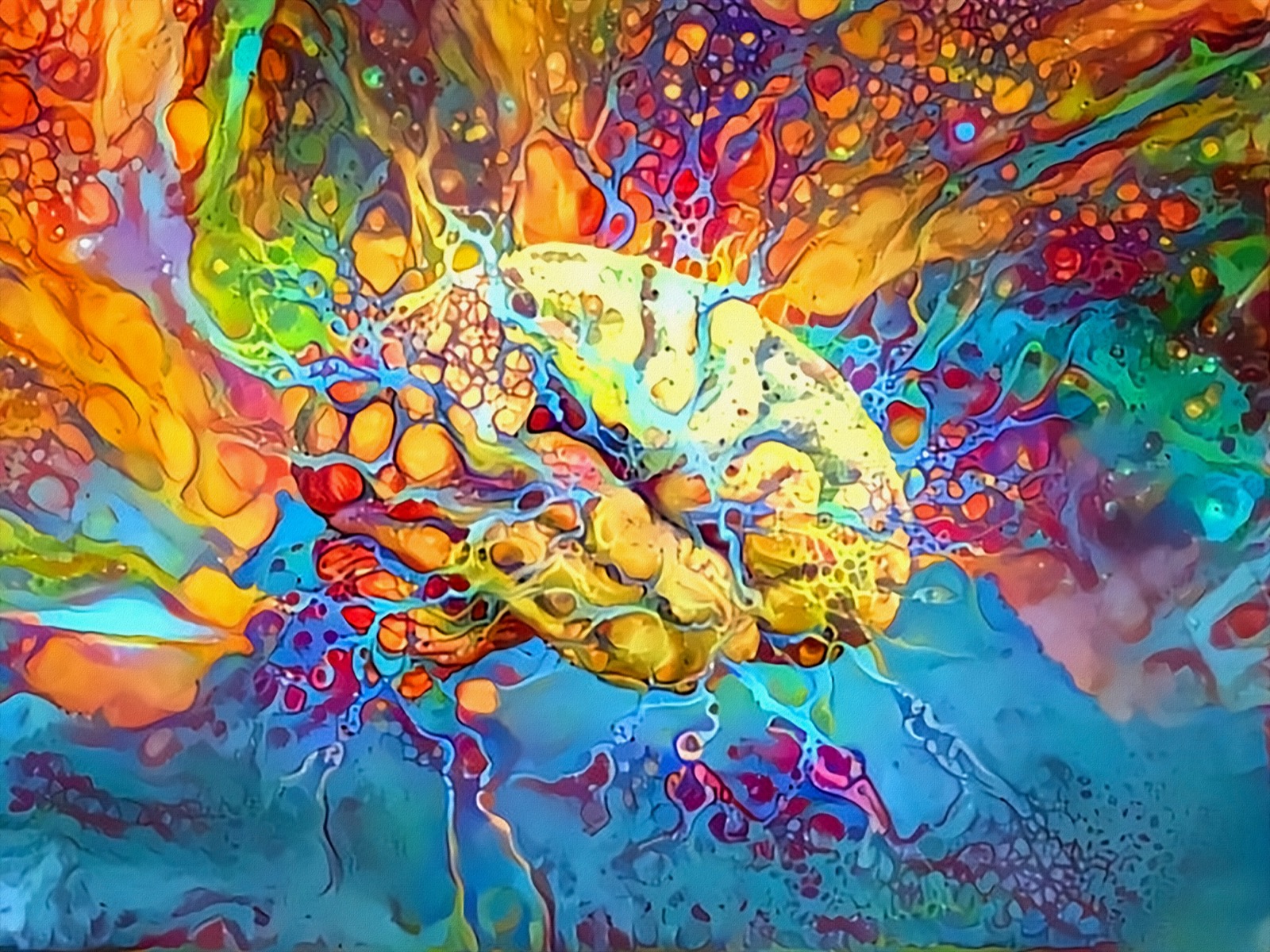Exactly How Trump Art Shows Modern Political Satire in the Art World
Exactly How Trump Art Shows Modern Political Satire in the Art World
Blog Article
Getting Started on an Aesthetic Journey Through the Lyrical Analyses of Nature in Stylist Landscapes
Each brushstroke, each play of light and shadow, and each shade selection in their works speaks volumes concerning the musicians' deep connection to nature and their capability to convert its elegance onto the canvas. As we check out the lyrical analyses of nature in Stylist landscapes, we are invited to submerse ourselves in a globe where reality and emotion link, providing a glance into the musicians' profound appreciation for the natural world.
The Fascinating Brushstrokes of Claude Monet
Claude Monet's mastery of brushstrokes transcends simple strategy, imbuing his landscapes with a spiritual quality that enthralls and captivates visitors - trump art. His ingenious usage of shade and light, incorporated with his distinctive brushwork, produces a sense of motion and life within his paints. Monet's distinguished collection of works portraying water lilies and his renowned haystacks showcase his capability to record the fleeting impacts of light and ambience

Embracing Light and Shadow With Camille Pissarro
Personifying a comparable respect for the interplay of light and shadow, Camille Pissarro's imaginative vision unfolds as an unified expedition of the all-natural globe's luminescent subtleties. Pissarro, an essential number in the Impressionist activity, masterfully captured the dynamic connection in between light and darkness in his landscapes. His adept use shade and brushwork permitted him to convey the subtle shifts in light that specify various times of day and seasons.
Pissarro's paintings usually feature dappled sunshine filtering system via fallen leaves, casting complex patterns of light and darkness on the earth below. In jobs such as "Hoar Frost, the Impact of Snow, Pontoise," Pissarro skillfully illustrates the crisp illumination of winter season sunshine juxtaposed with the great shadows that define the snowy landscape. By welcoming both light and darkness in his structures, Pissarro welcomes visitors to submerse themselves in the all-natural elegance and transient effects of light on the planet around them.

Through Pissarro's works, we are advised of the transformative power of light and darkness, inviting us to stop briefly and appreciate the fleeting moments of charm present in the day-to-day landscapes that surround us.
A Harmony of Color Styles by Edgar Degas
Edgar Degas coordinates a lively symphony of shades in his skillful art work, infusing his make-ups with a vibrant interplay of tones that astound the visitor's stare. Understood mainly for his ballet dancers and intimate scenes of Parisian life, Degas adeptly adjusted shades to communicate mood and activity in his paintings. article trump art. His use of vibrant, contrasting shades and subtle tonal variants created a sense of depth and vibrancy within his jobs
Degas' color scheme typically contained abundant blues, deep environment-friendlies, and cozy oranges, which he used with positive brushstrokes to capture the essence of his subjects. Whether representing a ballerina mid-performance or a group of friends talking at a cafe, Degas' shades not just portrayed the scene but additionally stimulated a sense of emotion and energy.
Furthermore, Degas' experimentation with light and darkness added an added layer of intricacy to his color make-ups, boosting the overall environment of his paintings (trump art). With his skillful control of shade, Degas created a visual harmony that continues to reverberate with audiences today
Exploring Nature's Peacefulness With Berthe Morisot
Berthe Morisot's artistic vision supplies a peaceful departure from the vibrant color harmonies of Edgar Degas, as she catches the peace of nature in her evocative landscapes. Known for her delicate brushwork and intimate portrayals of day-to-day life, Morisot's landscapes radiate a feeling of peace and consistency.
Morisot's paints typically include soft, low-key tones that share a sense of calmness and calmness. Her works, such my blog as "The Cradle" and "Summertime's Day," display her capacity to record the subtle charm of nature in such a way that is both relaxing and contemplative to the visitor.
Unlike several of her Stylist equivalents who concentrated on vibrant colors and dynamic structures, Morisot liked to produce gentle, introspective scenes that invite the viewer to pause and reflect. Via her masterful use light and darkness, Morisot creates a sense of peace that reverberates with the customer on a deep psychological degree.
The Psychological Landscapes of Vincent Van Gogh
Vincent Van Gogh's landscapes vividly convey a depth of emotion with their vibrant brushwork and meaningful use shade. The Dutch post-impressionist musician is renowned for his capacity to record raw and intense emotions in his paintings, going beyond traditional representations of nature. Van Gogh's tumultuous individual life, noted by psychological health and wellness battles, substantially affected his art, instilling his landscapes with a feeling of anxiousness, sorrowful, or exuberance.
In works such as "Starry Evening" and "Wheatfield with Crows," Van Gogh's swirling brushstrokes and vivid shade selections stimulate a profound emotional reaction from audiences. The turbulent skies and agitated landscapes in his paints mirror his internal turmoil and psychological turbulence, welcoming audiences to explore the complexities of his subconscious.
Van Gogh's one-of-a-kind visual language, characterized by exaggerated viewpoints and strong use color, develops landscapes that resonate with visitors on YOURURL.com a deeply psychological level. Through his art, Van Gogh welcomes us to see nature not equally as an outside reality yet as a mirror of our innermost sensations and emotions.
Verdict
Finally, the impressionist landscapes of artists such as Claude Monet, Camille Pissarro, Edgar Degas, Berthe Morisot, and Vincent Van Gogh offer a one-of-a-kind and fascinating aesthetic interpretation of nature. Via their use of brushstrokes, feeling, color, and light, these artists have actually produced a symphony of photos that evoke a feeling of tranquility and appeal in the natural globe. Their works remain to influence and enchant customers with their lyrical interpretations of the landscapes around us.
Each brushstroke, each play of light and shadow, and each shade option in their jobs talks quantities regarding the artists' deep connection to nature and their capability to convert its elegance onto the canvas. His ingenious usage of color and light, incorporated with his distinct brushwork, creates a feeling of activity and life within his paintings. His experienced usage of shade and brushwork allowed him to convey the subtle shifts in light that specify different times of day and seasons.

Report this page